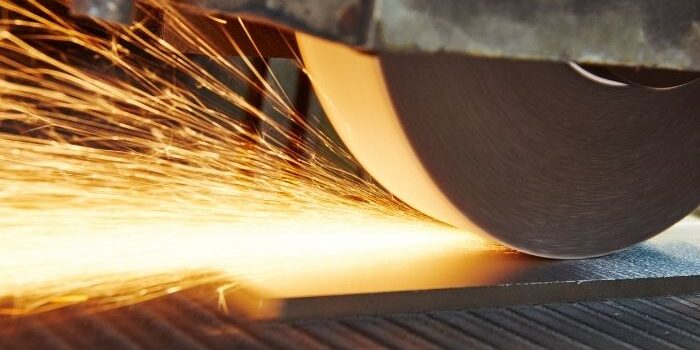
Introduction: Metal finishing, encompassing a variety of processes to enhance the appearance and durability of metal products, has a deep-rooted history. This journey from ancient techniques to modern industrial applications highlights the continual evolution and importance of metal finishing.
Body:
Ancient Artistry: Metal finishing dates back to ancient civilizations, where artisans used rudimentary techniques to create decorative and functional metal objects. Early methods included hand-polishing, hammering, and engraving, which were primarily used for making jewelry, coins, and weaponry.
Middle Ages and Renaissance: During the Middle Ages, advancements in metalworking and alchemy led to improved finishing techniques. The Renaissance period saw a resurgence in artistic metal finishing, with intricate designs and detailed craftsmanship in armor, sculptures, and household items.
Industrial Revolution: The Industrial Revolution marked a significant shift in metal finishing. Mechanization and the development of new materials and processes, such as electroplating and chemical treatments, allowed for mass production and higher precision. These advancements enabled the consistent application of finishes, improving both aesthetic and functional properties.
20th Century Innovations: The 20th century introduced more sophisticated metal finishing processes, including anodizing, powder coating, and advanced electroplating techniques. These methods provided better corrosion resistance, increased durability, and more diverse aesthetic options. The rise of the automotive and aerospace industries further drove the demand for high-quality metal finishes.
Modern Metal Finishing: Today, metal finishing is a critical aspect of manufacturing across numerous industries. Advanced technologies, such as laser treatments and nanocoatings, have revolutionized the field, offering unprecedented levels of precision and performance. Environmental considerations have also led to the development of more sustainable and eco-friendly finishing processes.
Conclusion: The history of metal finishing reflects a continuous quest for improvement and innovation. From ancient artistry to modern industrial precision, metal finishing remains an essential process that enhances the functionality and beauty of metal products.

